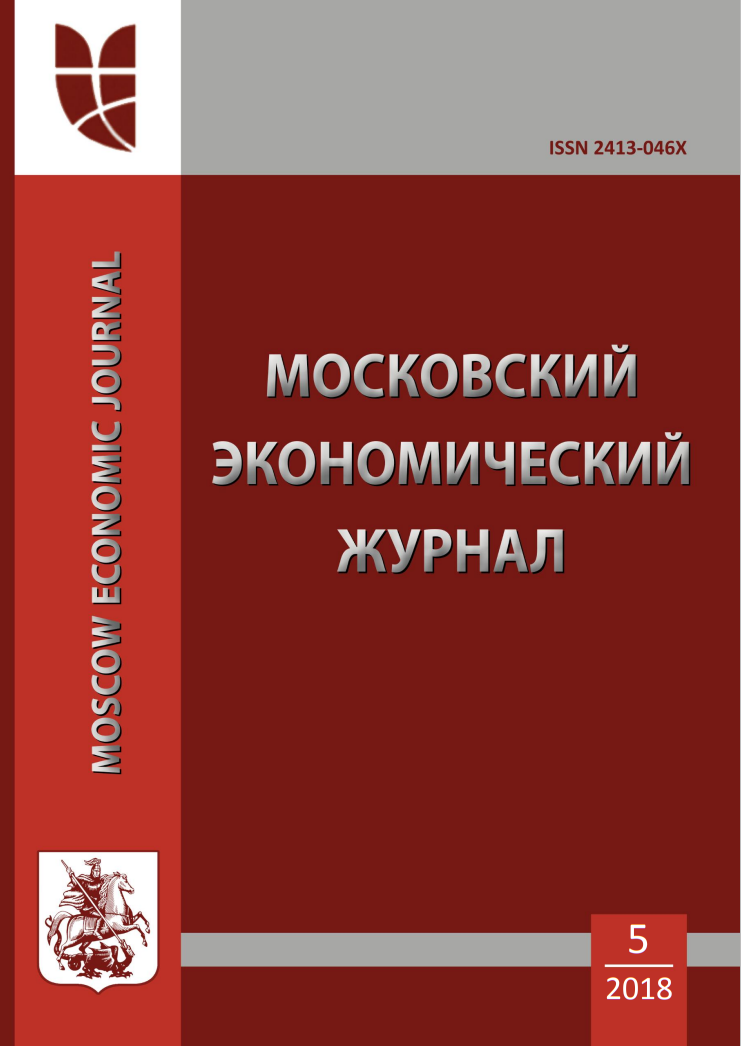Russian Federation
The article discusses the instruments for assessing the regulatory impact on the activities of commercial banks on the example of the retail deposit market. The author systematizes key tasks of banking regulation in this area as improving the welfare of depositors, maintaining competition in the financial market, preventing the processes of banking disintermediation, forming a stable funding base. In the main part of the article, quantitative indicators are formulated to assess the effectiveness of regulation and features of their use: differentiation of interest rates, the spread between interest rates and yield of debt securities, the net interest margin and the spread in interest rates on banks of various groups.
retail deposit, banking regulation, interest rate policy, banking system of Russia
1. Arnold E. A., Grossl I., Koziol P. Market discipline across bank governance models: Empirical evidence from German depositors //The Quarterly Review of Economics and Finance. 2016. T. 61. S. 126-138.
2. Leonov M. V. Sovershenstvovanie metodiki opredeleniya maksimal'noy stavki po vkladam naseleniya //Bankovskoe delo. 2015. №. 3. S. 70-74.
3. Neuberger D., Rissi R. Macroprudential banking regulation: Does one size fit all? //Journal of Banking and Financial Economics. 2014. №. 1 (1). S. 5-28.
4. Ben-David I., Palvia A., Spatt C. Banks’ internal capital markets and deposit rates //Journal of Financial and Quantitative Analysis. 2017. T. 52. №. 5. S. 1797-1826.
5. Kinateder M., Kiss H. J. Sequential decisions in the Diamond-Dybvig banking model //Journal of Financial Stability. 2014. T. 15. S. 149-160.
6. Lima F., Soares de Pinho P. Financial disintermediation and the measurement of efficiency in banking: the case of Portuguese banks //International Journal of Banking, Accounting and Finance. 2008. T. 1. №. 2. S. 133-148.
7. Ahmetova G. Z., Rudakov D. V. Gosudarstvennoe regulirovanie rossiyskogo rynka depozitov: problemy i puti ih resheniya //European Social Science Journal. 2017. №. 9. S. 128-136.











